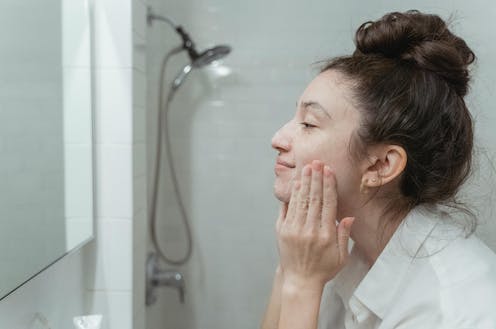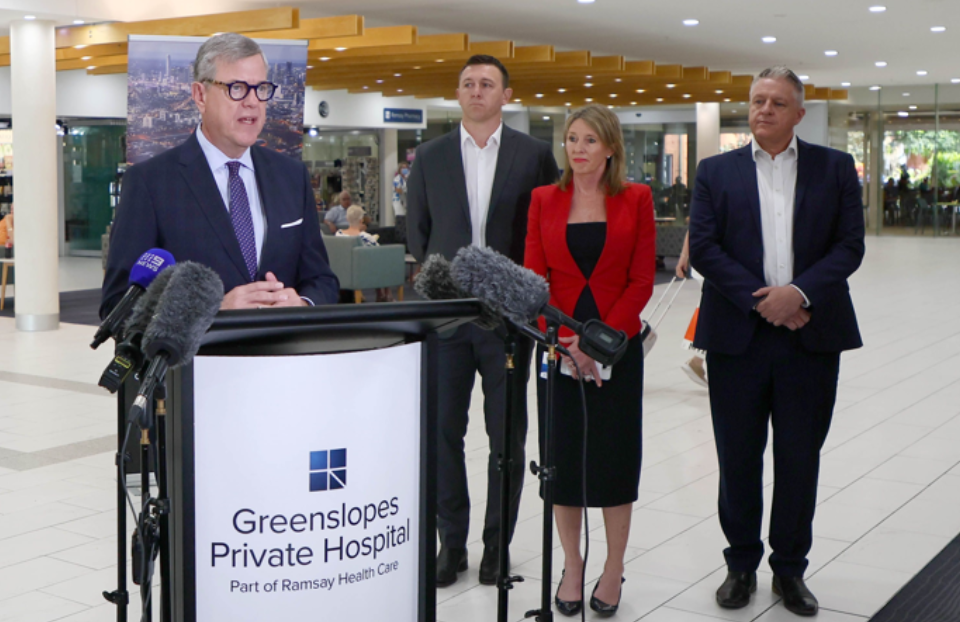Sydney’s latest office occupancy data for the month of July has remained above 50 per cent but dipped by three per cent according to the Property Council of Australia’s latest Office Occupancy Survey.
Property Council of Australia’s NSW Executive Director Luke Achterstraat said the first decline this year was disappointing but unsurprising given work from home advice directives from businesses due to recent Omicron waves, coupled with flu season.
“This year there has been an encouraging eight-fold increase from 7 per cent occupancy in January to 55 per cent in May with now a small decline due to surrounding pressures,” Mr Achterstraat said.
“Although the government did not enforce work from home restrictions, the rhetoric has certainly affected how some offices expect their workers to be in their CBD.
“Looking ahead, we are encouraged by the fact that this Omicron wave has peaked, and that spring is around the corner whilst uptake of booster doses remains strong.
“Over 75 per cent of our occupants expect to see a material increase in occupancy levels in three months or longer. This reinforces that once summer arrives and the winter peaks of COVID are behind us we can expect a rise in people’s return to the office.”
Mr Achterstraat said it was clear that many workers were seeking the benefits of collaboration and connection that only a face-to-face environment can bring.
“Our survey revealed a 67 per cent peak which is an endorsement of the value of the office but a 33 per cent low on those days which involved train strikes and high case numbers,” he said.
“This means continued support and investment to our CBD from our government will be critical to our recovery to support jobs.
“International capital is backing the office market with latest office vacancy rates increasing to 10.1 per cent vacancy after remaining at 9.3 per cent for 12 months due to an increase in supply in the past six months, even with the hostile challenges.”
The survey was conducted in the field between 25 July and 1 August 2022.






